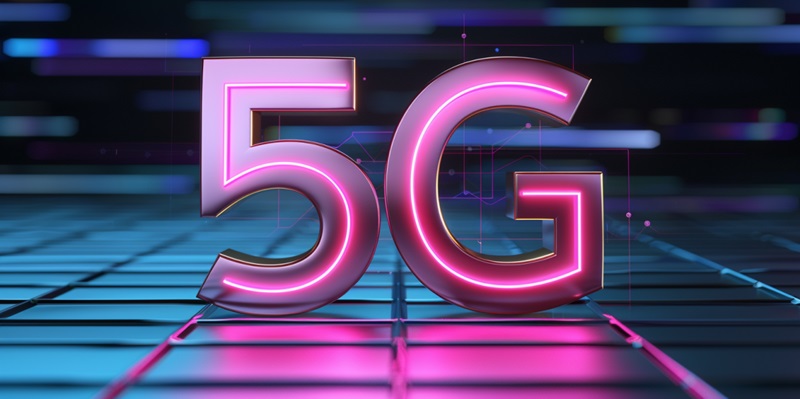In an era where energy security is as crucial as national security, groundbreaking research conducted by the National Renewable Energy Laboratory (NREL) marks a significant step forward. The marriage of 5G technology and renewable microgrids could revamp our approach to energy management and crisis response. While the concept of microgrids is not new, their integration with 5G could herald a paradigm shift in how we handle energy distribution, especially during emergencies. Sponsored by the U.S. Department of Defense, the research at NREL delves into the synergistic potential of these two technologies.
Revolutionary Findings in Resilient Power Systems
Enhanced Control and Communication
The NREL study unveils the potential of 5G’s high-speed, low-latency connectivity in bolstering microgrid technology. Leveraging a testbed that imitates a military microgrid, the research simulated dire conditions like grid failures and cyberattacks. The scenarios pointed to a future where microgrids, augmented by 5G, could ensure an uninterrupted power supply for critical communication infrastructure. This capability is particularly crucial in scenarios where every second could mean the difference between safety and disaster. Through distributed controls, these microgrids demonstrate an advanced level of resilience, showcasing the ability to not just survive but effectively manage disruptive incidents.
These capabilities are no small feat when considering the labyrinth of challenges that a power system could encounter. The heightened ability for an array of energy devices to communicate and operate in harmony paints a picture of an intelligent, self-regulating network. The promise extends beyond military confines, with civilian energy utilities potentially reaping the rewards of improved network security and power system resilience. It is this very adaptability and wide-ranging application that signal a new dawn for secure power distribution.
Beyond Military Applications
Building on the Department of Defense’s keen interest, this research doesn’t stop at military applications. Instead, it paves the way for civilian utilities to tap into the security benefits that come with 5G-integrated microgrids. What’s compelling about the findings is their implications for a future where renewables are supported by robust communication networks. It’s a scenario where energy systems are not only sustainable but are also equipped to thwart cyber threats. The importance of this cannot be overstated in a world increasingly reliant on digital connectivity for its most essential services.
The broad strokes of NREL’s endeavor are aligned with the DOD’s FutureG program, which charts a path for the wireless technologies of tomorrow, beyond even the frontiers of 5G. The economic, military, and security advantages visible on the horizon reflect a consensus view among experts and policymakers alike. Clearly, there’s much to gain from investing in a resilient, renewable-centered energy infrastructure, and 5G stands as a beacon in this journey towards a more secure and efficient future.
Implications for Energy and National Security
Integrating Renewables and 5G
The principal takeaway from NREL’s study is the formidable defense that a renewables-powered microgrid poses against cyber threats when seamlessly intertwined with 5G technology. This is a significant endorsement for not just the Department of Defense but also for the broader landscape of utility management. With a strategic focus on distributed control systems, these microgrids are designed to maintain critical functions under duress, reinforcing their role as a linchpin in the nation’s energy and security apparatus. This underlines the pressing need to further invest in and develop technologies that prioritize both sustainability and security.
What the NREL report has articulated is a detailed exploration of the interconnection between pioneering 5G communications technology and advanced microgrid systems. It underscores the inextricable link between robust energy networks and paramount national interests. For stakeholders spanning the spectrum—from military strategists to civilian utility providers—the report is a clarion call to acknowledge and harness the combined potential of 5G and renewables. This vision for a resilient power grid not only empowers defense mechanisms but also fortifies the backbone of our societal infrastructure.
A Foundational Technology for the Future
At a time when the stability of our energy supply is as vital as protecting our nation, innovative research by the National Renewable Energy Laboratory (NREL) is a game-changer. Fusing the capabilities of 5G technology with the resilience of renewable microgrids has the potential to transform our energy infrastructure and emergency response strategies. While microgrids themselves aren’t novel, their fusion with 5G technology could instigate a sweeping transformation in energy dissemination, particularly in critical times. This promising research is supported by the U.S. Department of Defense and explores how combining these cutting-edge technologies could create a powerhouse for managing our energy needs and securing our future. This collaboration could pave the way for a stronger, smarter energy grid primed for the challenges of tomorrow.

